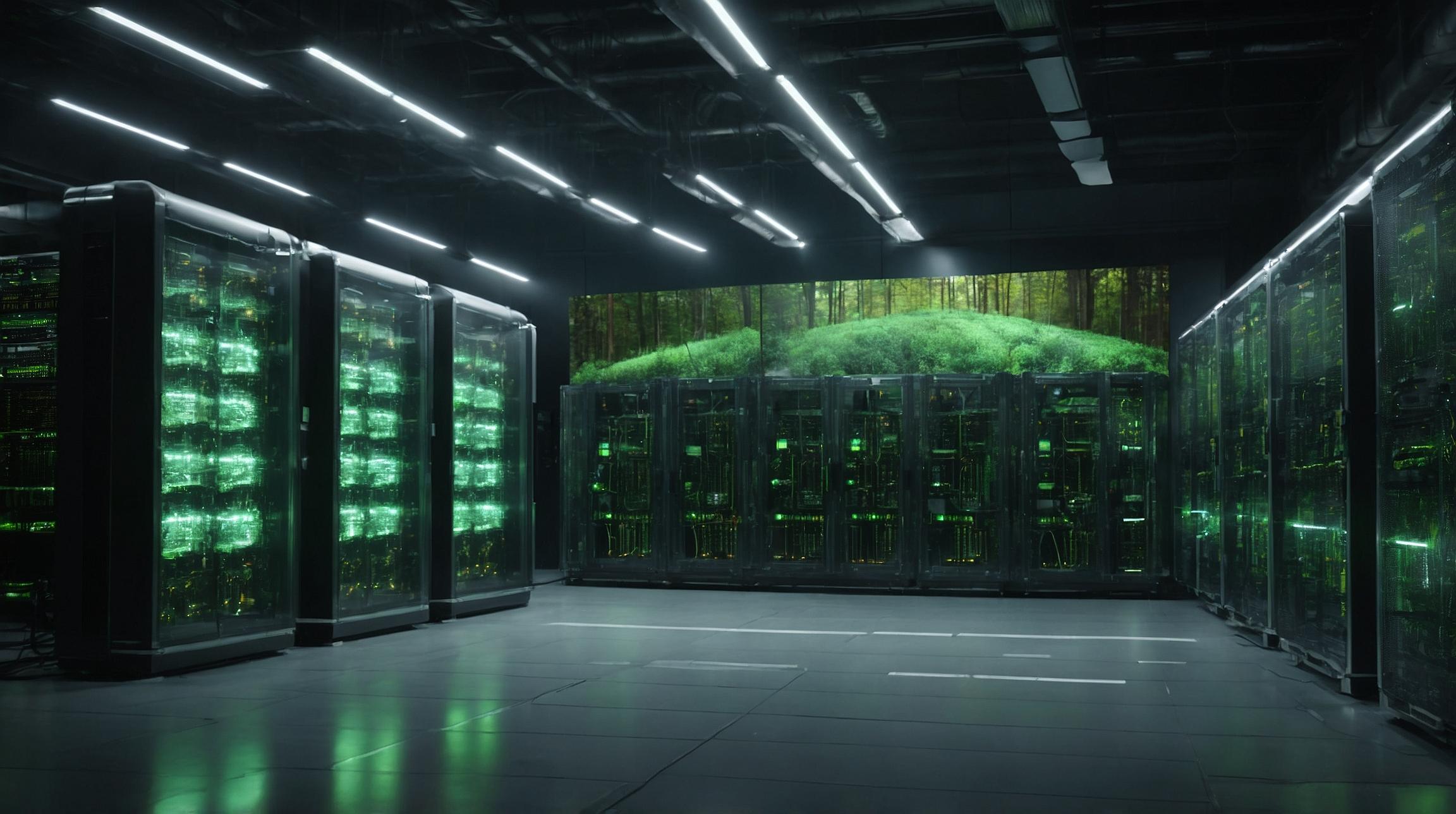Understanding AI's Energy Demand
Artificial Intelligence (AI) is making waves not just in tech circles but across varied industries for its ability to enhance efficiency and drive innovation. However, the environmental impact of AI, particularly its energy consumption, is a topic of growing concern. Data centers, which serve as the backbone for AI operations, are known for their high energy demands. These centers are essential for running complex AI models like generative AI—a sophisticated technology capable of performing tasks such as writing, data analysis, and even poetry creation with remarkable proficiency.
To put this into perspective, a simple query to AI models like ChatGPT can consume nearly 10 times the electricity of a standard Google search. This is largely due to the advanced computations required for AI tasks, which demand significant power.
The Impact of AI on Electricity Usage
The push towards expanding AI capabilities has seen tech giants invest heavily in data infrastructure. For instance, in 2022 alone, the spending on data centers by major tech companies hit an estimated $105 billion. This surge is expected to continue, with projections indicating that data center energy consumption could rise by 160% by 2030, according to Goldman Sachs. The International Energy Agency also anticipates a doubling of demand as early as 2026.
AI: A Catalyst for Environmental Innovation
Despite its energy-intensive nature, AI holds promise as a pivotal tool for environmental sustainability. It has the potential to facilitate breakthroughs in scientific discovery and technological innovation across various sectors. For example, in transportation, AI can optimize routes to reduce fuel consumption; in agriculture, it can enhance crop yields while minimizing resource use; and in energy production, AI can manage and distribute renewable energy more efficiently.
By leveraging AI, industries can achieve greater efficiency and significantly cut down on carbon emissions, thus contributing positively to global efforts against climate change. The dual capacity of AI—to be both an energy consumer and a driver of environmental progress—illustrates its complex relationship with planetary sustainability.
In conclusion, as AI technology continues to evolve, it is crucial to balance its development with strategies that mitigate its environmental impact while maximizing its potential as a tool for positive change.













